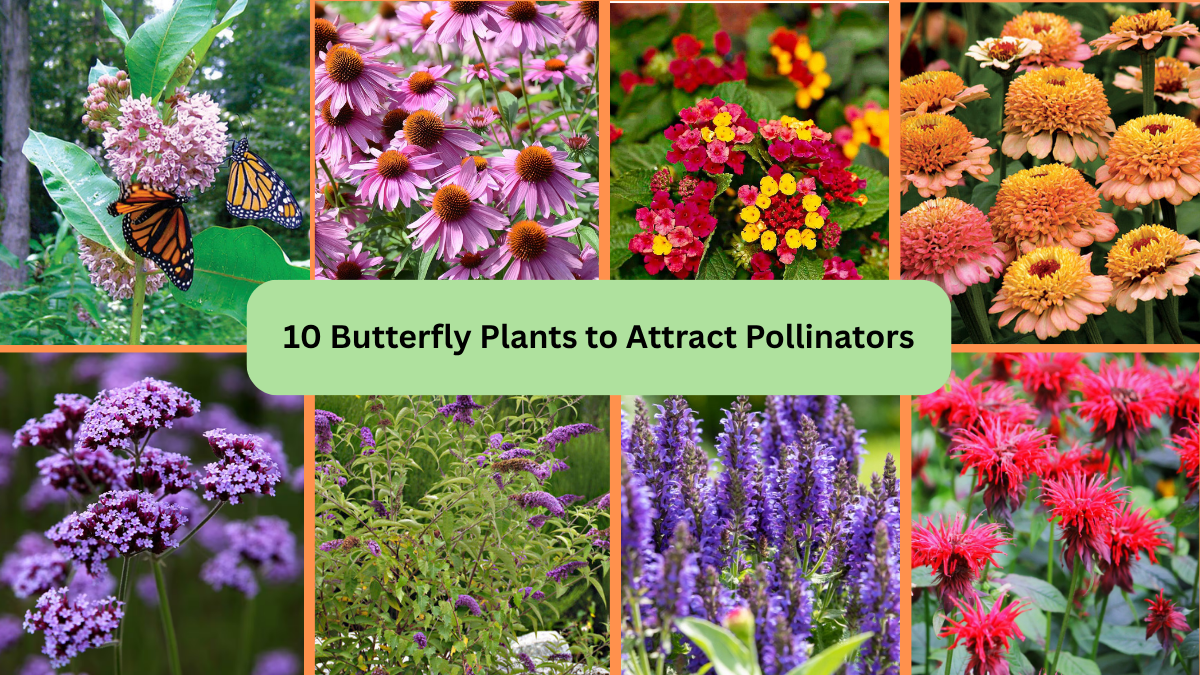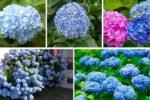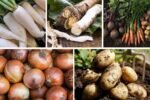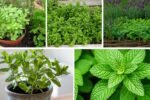If you want to bring color, movement, and life to your garden while supporting local ecosystems, planting flowers that attract butterflies is a perfect way to do it. Butterflies aren’t just beautiful — they play a crucial role in pollination, helping your plants flourish. By selecting plants rich in nectar and offering ideal landing spots, you can turn your garden into a pollinator’s paradise.
Here are 10 butterfly-friendly plants you should consider adding to your outdoor space — each with its own charm and ecological benefits.
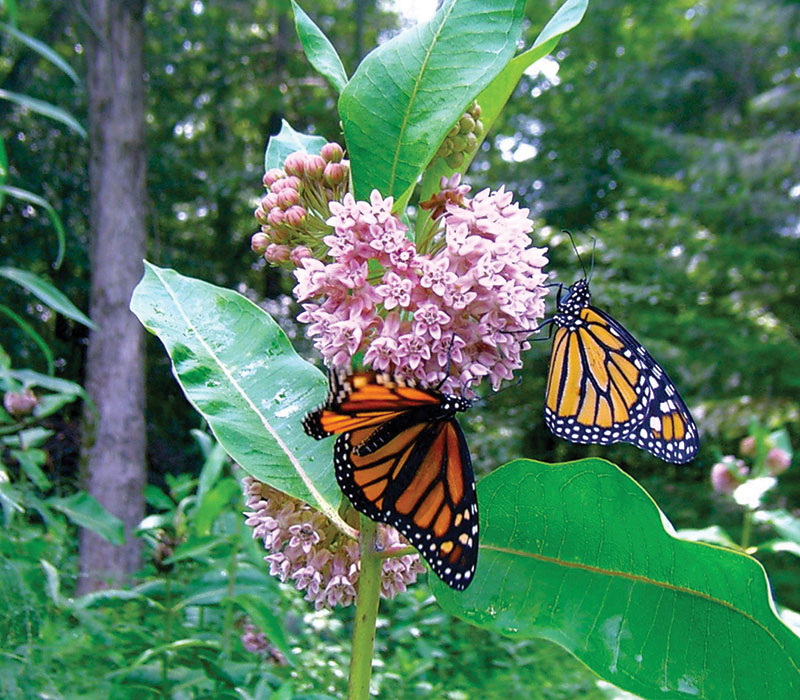
1. Milkweed (Asclepias spp.)
Milkweed is famously the primary host plant for Monarch butterflies. Not only does it provide nectar for a variety of pollinators, but Monarch caterpillars feed exclusively on its leaves. Milkweed blooms in clusters of pink, orange, or white flowers that are rich in nectar and fragrance. It thrives in full sun and well-drained soil, and once established, it’s drought-tolerant and low-maintenance — making it a staple for butterfly gardens.

2. Coneflower (Echinacea purpurea)
The cheerful, daisy-like blooms of Coneflowers are a magnet for butterflies. Their sturdy stems and broad petals provide perfect landing platforms for pollinators. Besides their beauty, these tough perennials are drought-resistant, bloom from summer into fall, and attract bees and birds as well. Available in shades of pink, purple, white, and yellow, coneflowers also offer medicinal properties and add bold color to any garden.

3. Butterfly Bush (Buddleia davidii)
As its name suggests, the Butterfly Bush is irresistible to butterflies. It produces long, fragrant flower spikes in shades of purple, white, pink, and blue throughout summer and fall. Its nectar-rich blooms continuously attract butterflies and hummingbirds. Butterfly Bush grows best in full sun and well-drained soil. Keep in mind it’s fast-growing and can become invasive in some regions — be sure to check your local guidelines before planting.

4. Lantana (Lantana camara)
Lantana is a hardy, heat-loving plant that blooms in vibrant clusters of red, orange, pink, yellow, and purple flowers. Butterflies are drawn to its sweet nectar and brightly colored blooms. Lantana thrives in sunny, well-drained locations and is drought-tolerant, making it an excellent choice for containers, borders, or hanging baskets. Its continuous blooms from spring to fall make it a reliable pollinator magnet.

5. Zinnias (Zinnia elegans)
For a burst of easy-care color, Zinnias are a butterfly favorite. These annual flowers are known for their bold, bright blooms in red, pink, orange, yellow, and white. Zinnias grow quickly from seed, making them a popular choice for gardeners looking to attract butterflies without much hassle. They thrive in sunny spots and tolerate heat well, providing nectar throughout the warm months while adding a cheerful charm to the garden.
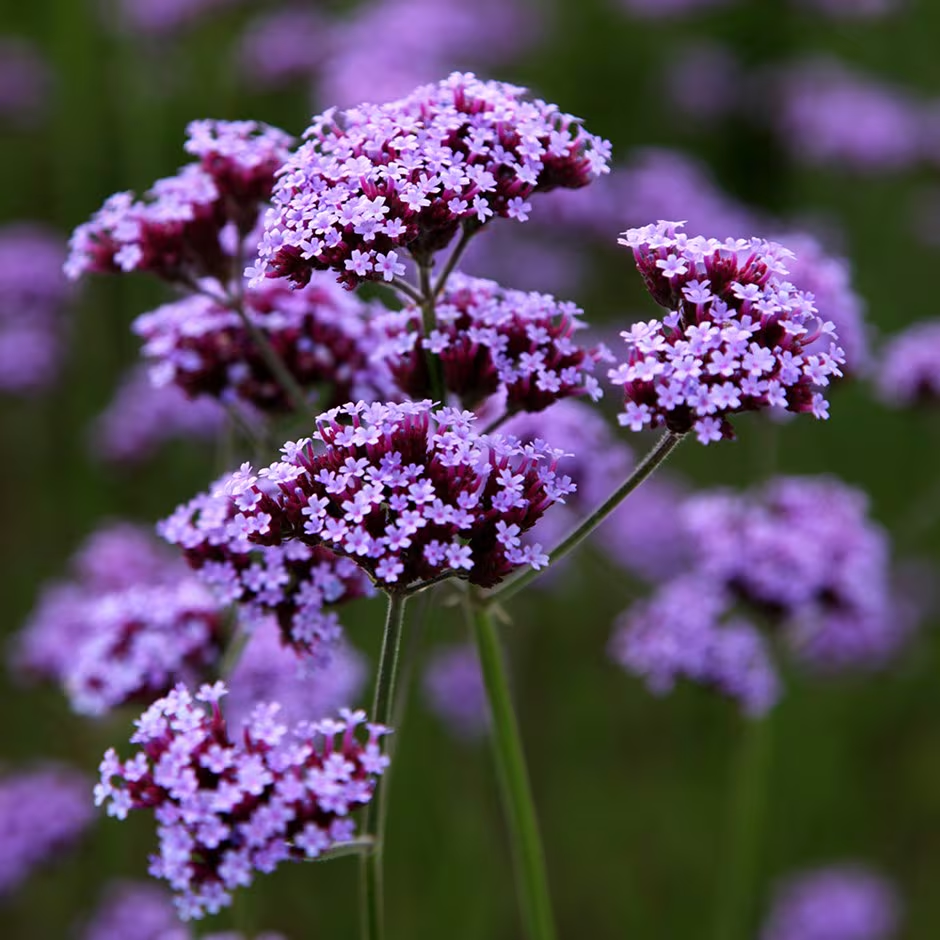
6. Verbena (Verbena bonariensis)
Verbena bonariensis produces airy clusters of tiny purple flowers on slender, tall stems, making them easy for butterflies to spot and land on. It’s a long-blooming plant that thrives in full sun and well-drained soil. Verbena is loved by butterflies, bees, and hummingbirds alike. Its delicate, floating appearance makes it perfect for adding height and texture to borders, pollinator gardens, and cottage-style landscapes.

7. Bee Balm (Monarda didyma)
Bee Balm, with its bright, tubular flowers in shades of red, pink, purple, and white, is a favorite nectar source for butterflies, bees, and hummingbirds. Its fragrant leaves and showy blooms add both beauty and ecological benefits to your garden. Bee Balm thrives in sunny locations with rich, well-drained soil and also offers herbal and medicinal uses. Its long-lasting summer blooms make it a pollinator hotspot.

8. Salvia (Salvia spp.)
Salvia is a dependable, long-blooming plant with spiky flowers in shades of blue, purple, pink, and red. Its nectar-rich blooms attract butterflies, bees, and hummingbirds throughout the growing season. Salvia is heat-tolerant, drought-resistant, and thrives in full sun, making it perfect for pollinator-friendly landscapes. From ornamental varieties like ‘Victoria Blue’ to edible types like Pineapple Sage, there’s a salvia for every garden style.

9. Black-eyed Susan (Rudbeckia hirta)
Known for their sunny yellow petals and dark brown centers, Black-eyed Susans are butterfly garden essentials. These hardy perennials bloom from midsummer to fall and tolerate heat and drought once established. Their daisy-like flowers serve as excellent landing pads for butterflies and other pollinators. They’re perfect for borders, wildflower gardens, and sunny meadows, adding cheerful color and ecological value.
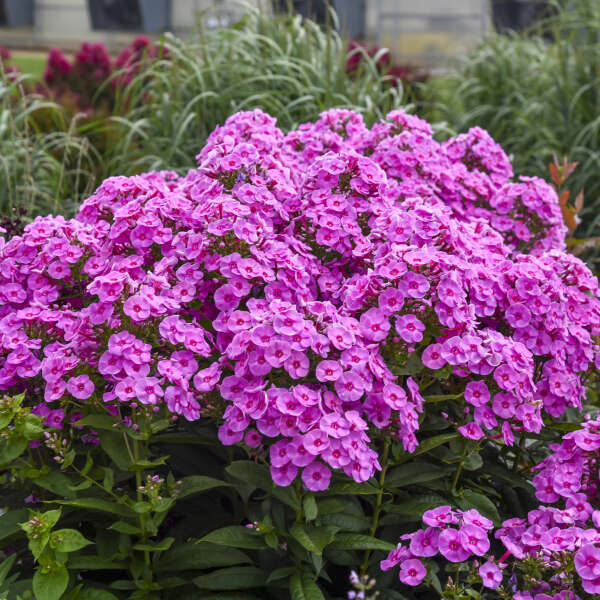
10. Phlox (Phlox paniculata)
Phlox offers clusters of star-shaped, fragrant flowers in shades of pink, purple, red, and white. Butterflies love its sweet nectar, and the dense flower clusters provide plenty of feeding opportunities. Phlox thrives in sunny or lightly shaded areas and blooms from midsummer to early fall. It’s an easy-care perennial that’s also deer-resistant and great for attracting pollinators while adding a romantic touch to cottage gardens.
Final Thoughts
Creating a butterfly-friendly garden is a simple, rewarding way to support pollinators while adding color and life to your outdoor space. By planting a mix of these 10 butterfly-attracting plants, you’ll enjoy vibrant blooms and fluttering visitors from spring to fall.
Want to go a step further? Add shallow water sources, avoid pesticides, and grow native plants alongside these beauties to build a complete pollinator paradise.
Would you like a butterfly garden layout plan or seasonal planting tips too? I’d be happy to put one together for you!
